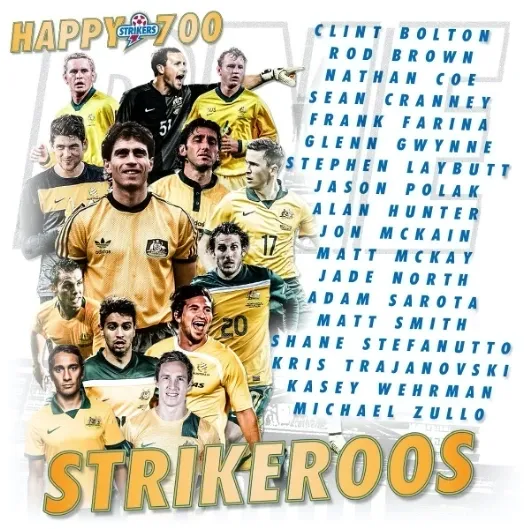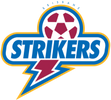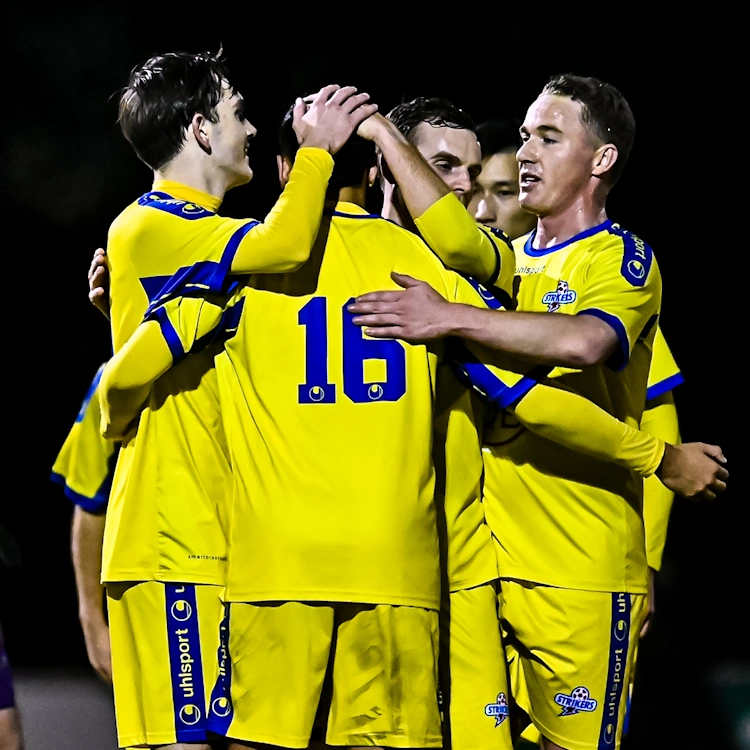
Brisbane Strikers commenced their existence in 1994 in Australia’s then premier club competition, the National Soccer League (NSL), and are widely considered to be one of Queensland’s most iconic and successful premier football clubs.
Initially the Brisbane Strikers were owned by the Queensland Soccer Federation, which handed the running of the club to a Trust Management Group composed of Ian Brusasco (a former President of the Queensland Soccer Federation and the Australian Soccer Federation), Dr Clem Jones (former Lord Mayor of Brisbane) and leading football official Frank Speare.
The club operates out of Perry Park on Abbotsford Road in Bowen Hills and also uses Meakin Park in Slacks Creek as a Junior Academy training venue. The club is fortunate to have access to substantial facilities at both locations. Our home base at Perry Park, in close proximity to the Brisbane CBD, offers an excellent main pitch, secondary training grass pitch and synthetic training area all of which are maintained to the highest standard and serviced by six dressing rooms, match quality floodlighting, and underground irrigation. Along with the playing facilities the venue has a licensed clubhouse, undercover grandstand facilities for 1200 spectators (current ground capacity is 4000) and corporate function areas. The facility is an oft-used venue for international teams training, representative, exhibition and finals matches due to the outstanding facilities on site.

